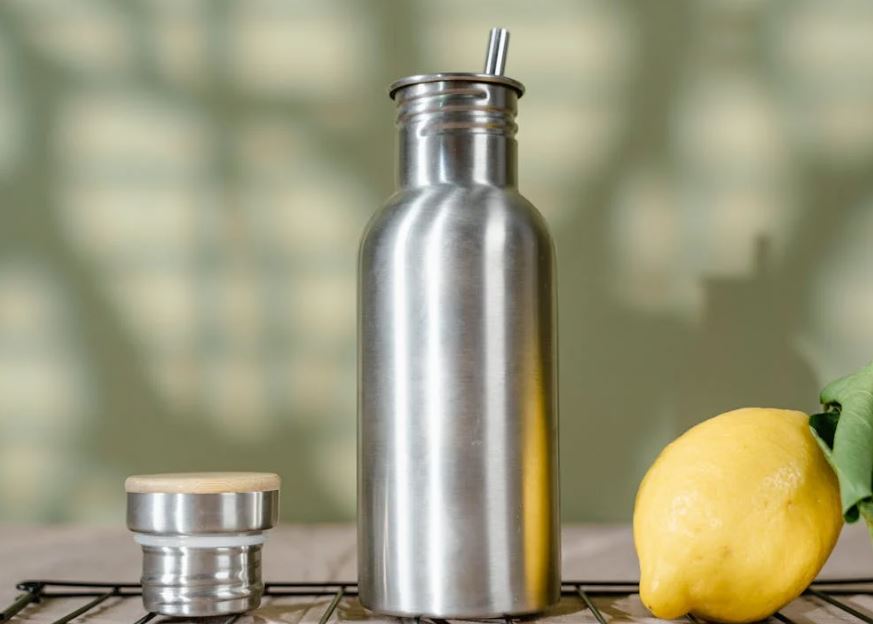Reusable water bottles have become an essential item for many people, offering a convenient and eco-friendly way to stay hydrated throughout the day. However, despite their popularity, many users overlook a critical aspect of maintaining these bottles: regular cleaning. This oversight can lead to a buildup of bacteria and mold, potentially causing health issues. In this article, we’ll explore the importance of cleaning your water bottle, how often you should do it, and the best methods for keeping your bottle clean and safe to use.
The Risks of Not Cleaning Your Water Bottle
Reusable water bottles can harbor a significant amount of bacteria. Studies have shown that these bottles can contain up to 2 million bacteria per milliliter of liquid just one day after use[1]. This bacterial growth is not just a matter of cleanliness; it can also pose health risks. If not cleaned properly, water bottles can lead to nausea, stomach upset, headaches, and even allergy symptoms if mold is present[4].
How Often Should You Clean Your Water Bottle?
Most people do not clean their water bottles frequently enough. A significant portion of users only rinse their bottles daily, while many others go a week or more without a proper wash[1][2]. Experts recommend cleaning your water bottle after each use, or at least several times a week[3][4]. This regular cleaning is crucial to prevent bacterial buildup and ensure the bottle remains safe to use.
The Best Way to Clean Your Water Bottle
Cleaning your water bottle effectively requires more than just a quick rinse. Here are the steps to follow:
- Wash with Hot Water and Soap: Use hot water and dish soap to scrub the interior and exterior of the bottle, including any straws or mouthpieces[2][3].
- Scrub All Areas: Pay particular attention to crevices where bacteria can accumulate, such as the lid and any small parts[1].
- Rinse Thoroughly: Ensure all soap residue is removed with clean water[2].
- Sanitize: Use a food-safe sanitizing spray to eliminate any lingering bacteria[2].
- Air Dry: Allow the bottle to air dry completely to prevent moisture buildup, which can foster bacterial growth[3][4].
Choosing the Right Water Bottle
The material of your water bottle can also impact cleanliness. Glass and metal bottles are generally easier to clean and less prone to bacterial growth compared to plastic bottles, which can develop small cracks where bacteria can hide[4]. Additionally, bottles with wide mouths and built-in straws are easier to clean and may harbor fewer bacteria[4].
Conclusion
Cleaning your reusable water bottle regularly is essential for maintaining hygiene and preventing health issues. By incorporating a thorough cleaning routine into your daily or weekly schedule, you can ensure your water bottle remains safe and clean for use. Remember, a clean water bottle is not just about aesthetics; it’s about protecting your health.

